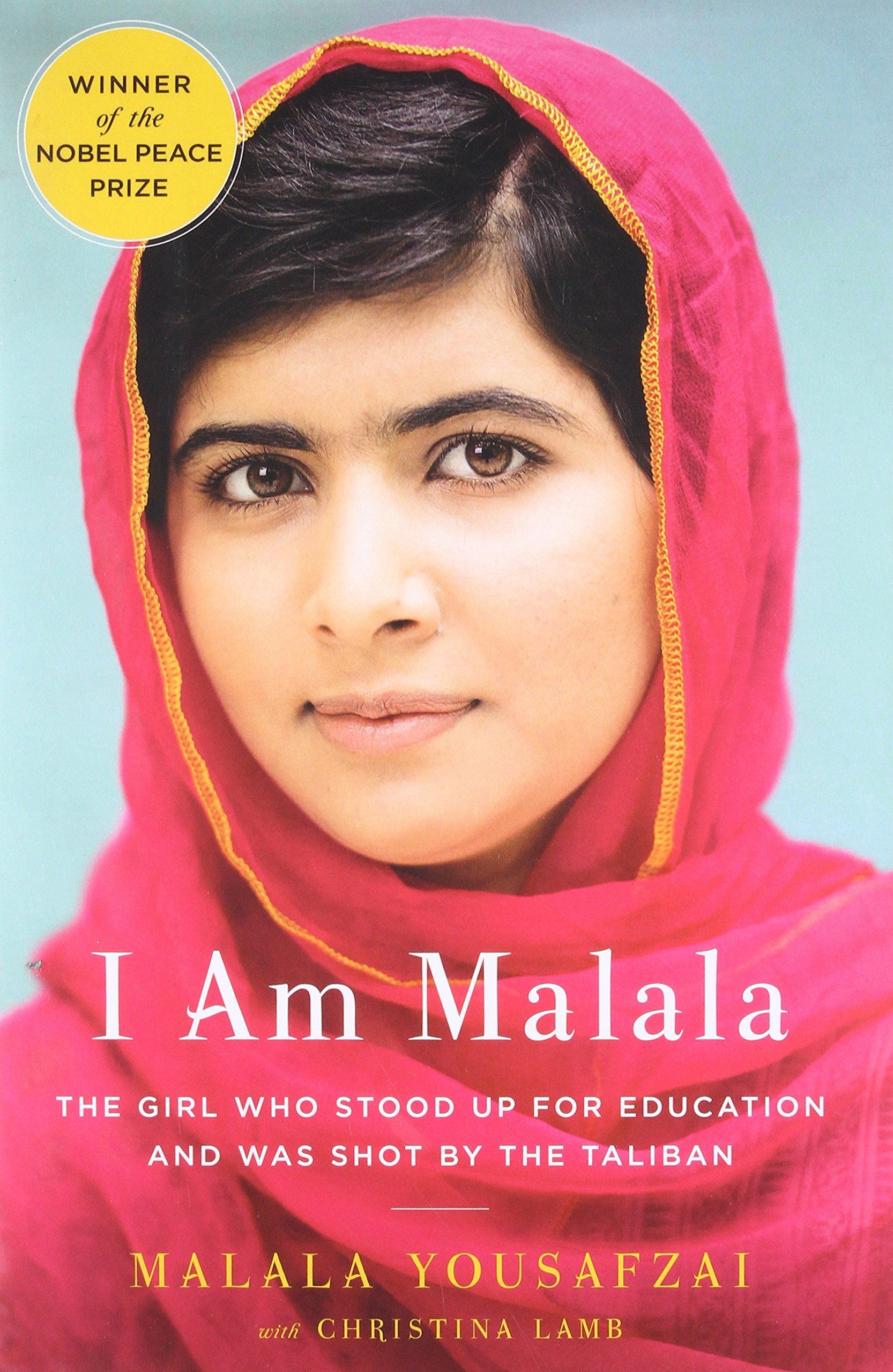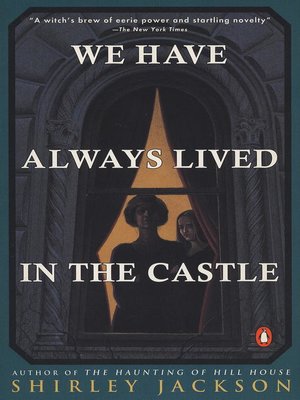TITLE: A Bloody Business: The Rise of Organized Crime in America
AUTHOR: Dylan Struzan
640 pages, Hard Case Crime, ISBN 9781785657702 (hardcover)
DESCRIPTION: (from the back cover): On the 100th anniversary of Prohibition, learn what really happened. In 1919, the National Prohibition Act was passed, making it illegal across America to produce, distribute, or sell liquor. With this act, the U.S. Congress also created organized crime as we know it. Italian, Jewish, and Irish mobs sprang up to supply the suddenly illegal commodity to the millions of people still eager to drink it. Men like Lucky Luciano and Meyer Lansky, Dutch Schultz and Bugsy Siegel, Al Capone in Chicago and Nucky Johnson in Atlantic City, waged a brutal war for power in the streets and on the waterfronts. But if you think you already know this story… think again, since you’ve never seen it through the eyes of one of the mobsters who lived it.
Called “one of the most significant organized crime figures in the United States” by the U.S. District Attorney, Vincent “Jimmy Blue Eyes” Alo was just fifteen years old when Prohibition became law. Over the next decade, Alo would work side by side with Lansky and Luciano as they navigated the brutal underworld of bootlegging, thievery and murder. Alo’s later career included jail time and the ultimate Mob tribute: being immortalized as “Johnny Ola” in The Godfather, Part II.
Introduced to the 91-year-old Alo living in retirement in Florida, Dylan Struzan based this book on more than 50 hours of recorded testimony – stories Alo had never shared, and that he forbid her to publish until “after I’m gone.” Alo died, peacefully, two months short of his 97th birthday. And now his stories – bracing and violent, full of intrigue and betrayal, hunger and hubris – can finally be told.
MY RATING: four out of five stars
MY THOUGHTS: The only appropriate word to describe Dylan Struzan’s A Bloody Business is “epic.” Dozens of major characters, court intrigue, romance, god-like manipulations, massive bloodshed, a decade-plus time-span in which characters are born, age, and die … change the names and the time period and you’ve got Homer, add mythological creatures and you’ve got Tolkien or Martin. The story of Prohibition, as told here, is every bit the compelling story The Iliad and The Lord of the Rings are.
Struzan’s style, from first page to last, is clipped, staccato, like the tommy-guns the protagonists wield (although not as frequently as gangster movies would have us believe). She keeps the pace fast even in the quieter moments, squeezing 13 years of machinations and scheming into 640 pages in a combination of history text and novel. It’s “creative non-fiction” and Struzan makes it work; the dialogue (mostly, I’m sure, invented from Jimmy Alo’s memories and hearsay) mingled with non-mob-related historical data (mostly confirmable pop culture and government changes) keep the story from feeling stale. The sensory details of city life are used sparingly, but when they pop up they add verisimilitude. There were a few moments when I really felt the cold of NYC winters, the salt tang of Coney Island and Atlantic City boardwalks, thanks to a few well-placed phrases. Interestingly, I don’t recall now the same level of sensory detail used in the Chicago, Cleveland, or Florida scenes.
Struzan resists the twin temptations of setting Lansky, Luciano and company on a pedestal or demonizing them. Meyer Lansky, Benny Siegel and Charlie Luciano are the protagonists of the story, but Struzan doesn’t pretend they were heroes or perfect. All of their flaws and foibles are well on display, alongside the character traits that made them men other men wanted to follow. Al Capone doesn’t come off quite as well-rounded: Struzan concentrates on his unpredictability both before and after the Valentine’s Day Massacre took such a toll on his mental well-being. The antagonists of the story are the Sicilian-Italian “old guard” (Joe the Boss, Salvatore Maranzano, and others) who are waging all-out gang war. Struzan tries to get into their heads as well, but it doesn’t feel as successful. Of the men named in the back-cover copy, I had to feel a little bad for Nucky Johnson. Even the scenes set in Atlantic City barely featured him. Irish mobsters like Legs Diamond and Eddie McGrath get more screen-time, being in New York City and northeast New Jersey, than the more southerly-located Johnson does. The implication is that while Johnson’s control of AC was integral to the movement of booze during Prohibition, he wasn’t as important to the actual growth of organized crime as his peers were.
The author also doesn’t shy away from the violence that was part and parcel of these men’s lives. The gun-play, the beatings, the bombings, are all spelled out – as are the details of who made the decisions and how they felt about it. The Valentine’s Day Massacre isn’t the only big event spelled out in bloody detail. Some scenes are definitely not an easy read.
If there’s any disappointment I felt with the book, it’s that Jimmy Alo – whose fifty hours of recorded stories the book is based on – gets short shrift in his own story. Granted, he came into the picture later than Lansky, Luciano and Siegel. But I expected, once he did join the story, to see more of what he was doing even when it was tangential to the story of the “big three.” Maybe Struzan has another book in the works specifically about Jimmy Blue Eyes. I’d like to read it.
The cover and copious interior illustrations by Drew Struzan enhance the story. They’re almost photo-realistic, a bit Norman Rockwell, a bit art deco, often with an interesting balance between innocence and violence.







